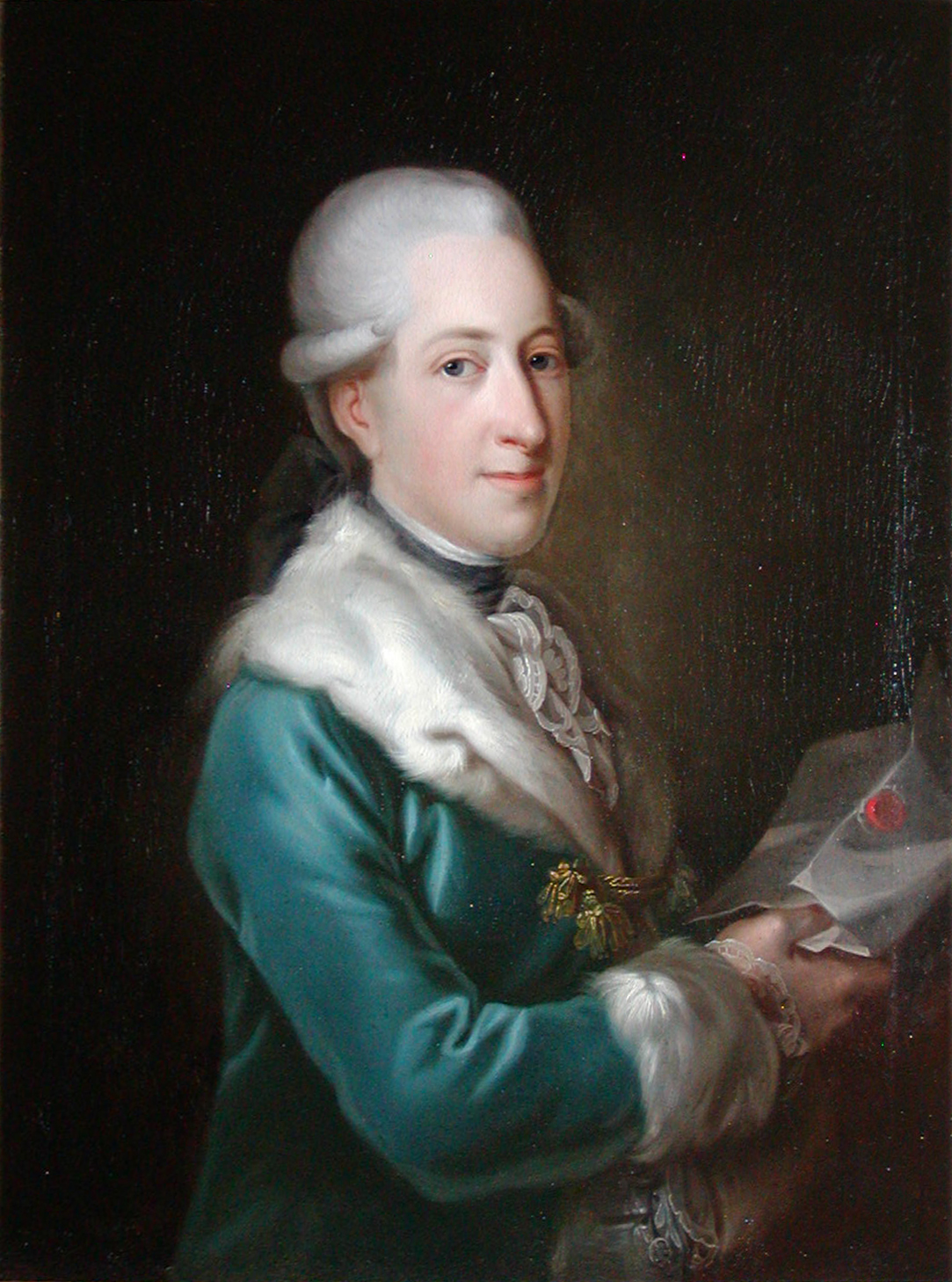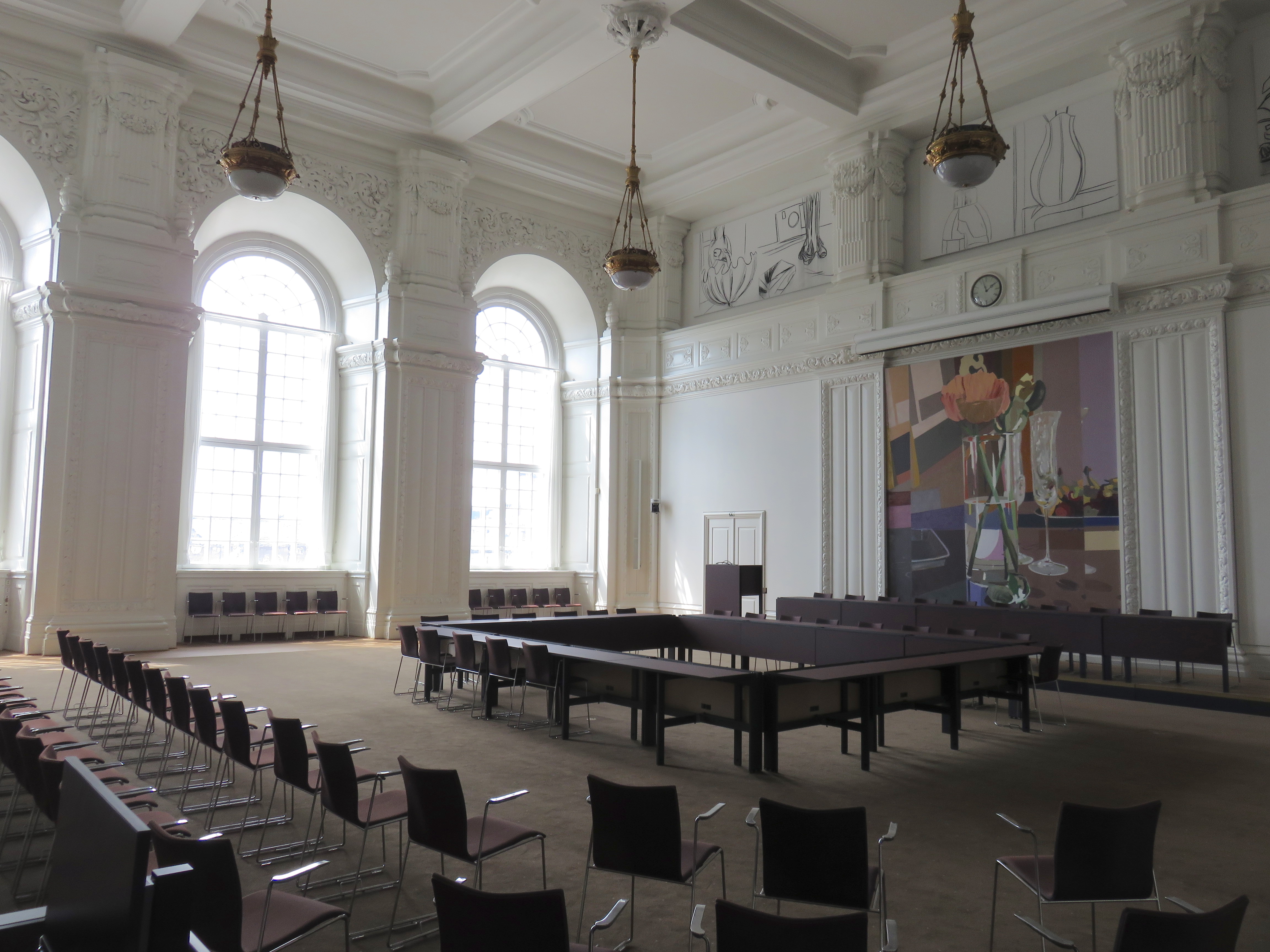|
Frederik Tesdorpf
Edward Frederik (Friederich) Jakob Tesdorpf (3 December 1854 23 May 1937) was a Danish landowner and politician. He was the owner of Orupgaard from 1889 to 1937 and a member of the Landstinget from 1902 to 1910. Early life Frederik Tesdorpf was born on 3 December 1854 at Orupgaard, the son of Edward Tesdorpf and Mary Busch. Landowner In 1880, he took over the management of Sæddingegård. He succeeded his father as the owner of Orupgaard as well as Brændte Ege, Kringelborg and Bøtøgård. He was in particular interested in horse breeding and was a member of the state stallion commission (''statshingsteskuekommissionen''). He was chairman of Nykøbing Sugar Factory in Nykøbing Falster Nykøbing Falster (; originally named Nykøbing) is a southern Danish city, seat of the Guldborgsund ''kommune''. It belongs to Region Sjælland. The city lies on Falster, connected by the Frederick IX Bridge over the Guldborgsund (''Guldb ... and a member of the board of Maribo Count ... [...More Info...] [...Related Items...] OR: [Wikipedia] [Google] [Baidu] |
Orupgaard
Orupgaard is a manor house located east of Nykøbing and north of Idestrup on the Danish island of Falster. With a history dating from the 13th century, Orupgaard today manages over of farmland and forest as well as an equestrian facility at Brændte Ege Avlsgaard. History Early history Orupgaard is first mentioned in the Danish Census Book in 1231 as ''Oræthrop''. It consisted of a few small farms managed by Nykøbing Palace on behalf of the Crown. Around 1660, they were merged into one property. After Orupgaard was completely destroyed by fire in 1718, the land was leased out to farmers until 1766 when Christian Hincheldey bought the estate. In 1809, Hincheldey's widow sold it to the English baron Charles August Selby (1755–1823) who built a fine new manor which he left to his son Charles Borre de Selby."Orupgaards historie" , Or ... [...More Info...] [...Related Items...] OR: [Wikipedia] [Google] [Baidu] |
Denmark
) , song = ( en, "King Christian stood by the lofty mast") , song_type = National and royal anthem , image_map = EU-Denmark.svg , map_caption = , subdivision_type = Sovereign state , subdivision_name = Kingdom of Denmark , established_title = Consolidation , established_date = 8th century , established_title2 = Christianization , established_date2 = 965 , established_title3 = , established_date3 = 5 June 1849 , established_title4 = Faroese home rule , established_date4 = 24 March 1948 , established_title5 = EEC accession , established_date5 = 1 January 1973 , established_title6 = Greenlandic home rule , established_date6 = 1 May 1979 , official_languages = Danish , languages_type = Regional languages , languages_sub = yes , languages = GermanGerman is recognised as a protected minority language in the South Jutland area of Denmark. , demonym = , capital = Copenhagen , largest_city = capital , coordinates = , ethnic_groups = , ethnic_gro ... [...More Info...] [...Related Items...] OR: [Wikipedia] [Google] [Baidu] |
Landstinget
Landstinget was the upper house of the Rigsdag (the parliament of Denmark), from 1849 until 1953, when the bicameral system was abolished in favour of unicameralism. Landstinget had powers equal to the Folketing, which made the two houses of parliament hard to distinguish. Originally, membership and the electorate was restricted, and the members were largely conservatives. Membership of the house was then restricted to certain sectors of society: only males with a certain net worth could hold a seat. In 1915, these restrictions were removed, and a few new members were appointed by the existing members. Etymology and earlier use (old Norse: þing) means assembly. It first came into being during Viking times and was formed by the freemen of the community, and it generally numbered about a hundred men. Tings were necessary in the clan-based society of Northern Germany and Scandinavia, because they allowed for inter-clan wars to be resolved or prevented through the mediation of ... [...More Info...] [...Related Items...] OR: [Wikipedia] [Google] [Baidu] |
Edward Tesdorpf
Edward Tesdorpf (7 September 1817 – 2 May 1889), was a German-Danish landowner, agricultural pioneer and sugar manufacturer. He became the owner of ten estates many of which were located in the Lolland-Falster area where he resided at Orupgaard near Nykøbing Falster where he founded a sugar factory in 1884. Several of the estates are still owned by his descendants, including Gjedsergaard and Pandebjerg on Falster. Early life Tesdorpf was born in Hamburg as the son of a wealthy merchant. Career He came to Denmark where he acquired Orupgård on the island of Lolland in 1840. He later acquired many other large properties, including Pandebjerg (1878) on Falster and Sædlingegård (1871) on Lolland, until he finally owned ten estates across Denmark with a total area of 2,400 hectares. He was a dynamic and innovative farmer, introducing a style of farming which was widely recognized as a model to be emulated. He thoroughly drained and fertilized the land, pioneered the use of steam ... [...More Info...] [...Related Items...] OR: [Wikipedia] [Google] [Baidu] |
Nykøbing Falster
Nykøbing Falster (; originally named Nykøbing) is a southern Danish city, seat of the Guldborgsund ''kommune''. It belongs to Region Sjælland. The city lies on Falster, connected by the Frederick IX Bridge over the Guldborgsund (''Guldborg Strait'') waterway to the island of Lolland. The town has a population of 16,911 (1 January 2022). Including the satellite town Sundby on the Lolland side, with a population of 3,065 the total population is 19,976. Overview Nykøbing Falster is the largest city on the islands of Lolland and Falster, and is often called "Nykøbing F." to distinguish it from at least two other cities in Denmark with the name of Nykøbing. Nykøbing Falster is the seat of state and regional authorities. Additionally, a city in Sweden is called Nyköping, which means exactly the same thing ("new market") in the closely related language. There is a long commercial district, walking street (''gågade'') on the Falster side of the city with a wide sel ... [...More Info...] [...Related Items...] OR: [Wikipedia] [Google] [Baidu] |
Trade Barrier
Trade barriers are government-induced restrictions on international trade. According to the theory of comparative advantage, trade barriers are detrimental to the world economy and decrease overall economic efficiency. Most trade barriers work on the same principle: the imposition of some sort of cost (money, time, bureaucracy, quota) on trade that raises the price or availability of the traded products. If two or more nations repeatedly use trade barriers against each other, then a trade war results. Barriers take the form of tariffs (which impose a financial burden on imports) and non-tariff barriers to trade (which uses other overt and covert means to restrict imports and occasionally exports). In theory, free trade involves the removal of all such barriers, except perhaps those considered necessary for health or national security. In practice, however, even those countries promoting free trade heavily subsidize certain industries, such as agriculture and steel. Overview ... [...More Info...] [...Related Items...] OR: [Wikipedia] [Google] [Baidu] |
Order Of The Dannebrog
The Order of the Dannebrog ( da, Dannebrogordenen) is a Danish order of chivalry instituted in 1671 by Christian V. Until 1808, membership in the order was limited to fifty members of noble or royal rank, who formed a single class known as ''White Knights'' to distinguish them from the ''Blue Knights'' who were members of the Order of the Elephant. In 1808, the Order was reformed and divided into four classes. The ''Grand Commander'' class is reserved to persons of princely origin. It is awarded only to royalty with close family ties with the Danish Royal House. The statute of the Order was amended in 1951 by a Royal Ordinance so that both men and women could be members of the Order. Today, the Order of the Dannebrog is a means of honouring and rewarding the faithful servants of the modern Danish state for meritorious civil or military service, for a particular contribution to the arts, sciences or business life, or for working for Danish interests. Insignia The ''b ... [...More Info...] [...Related Items...] OR: [Wikipedia] [Google] [Baidu] |
Dannebrogordenens Hæderstegn
Dannebrogordenens Hæderstegn, also referred to as the Cross of Honour of the Order of the Dannebrog ( post-nominals: D.Ht.), is a meritous award connected to the Danish Order of the Dannebrog. The cross was instituted by King Frederick VI of Denmark and Norway on 28 June 1808, and was named Dannebrogsmændenes Hæderstegn (D.M.) until 1952. The cross may be awarded to Danes who have provided a service to "the fatherland" through a noble deed. It is also worn by the individual members of the royal family. The cross is of lesser rank than the Order of the Dannebrog, but is considered an additional recognition if awarded (and in modern times it is only awarded) to someone who is already a holder of the Order. Design The cross is identical to the knight's cross of the Order of the Dannebrog, except in plain silver; it is worn on a ribbon (gentlemen) or bow (ladies) of the Order, white with red edges, nowadays with rosette, on the left chest. Notable recipients * Princess Bene ... [...More Info...] [...Related Items...] OR: [Wikipedia] [Google] [Baidu] |
19th-century Danish Landowners
The 19th (nineteenth) century began on 1 January 1801 ( MDCCCI), and ended on 31 December 1900 ( MCM). The 19th century was the ninth century of the 2nd millennium. The 19th century was characterized by vast social upheaval. Slavery was abolished in much of Europe and the Americas. The First Industrial Revolution, though it began in the late 18th century, expanding beyond its British homeland for the first time during this century, particularly remaking the economies and societies of the Low Countries, the Rhineland, Northern Italy, and the Northeastern United States. A few decades later, the Second Industrial Revolution led to ever more massive urbanization and much higher levels of productivity, profit, and prosperity, a pattern that continued into the 20th century. The Islamic gunpowder empires fell into decline and European imperialism brought much of South Asia, Southeast Asia, and almost all of Africa under colonial rule. It was also marked by the collapse of the large S ... [...More Info...] [...Related Items...] OR: [Wikipedia] [Google] [Baidu] |




